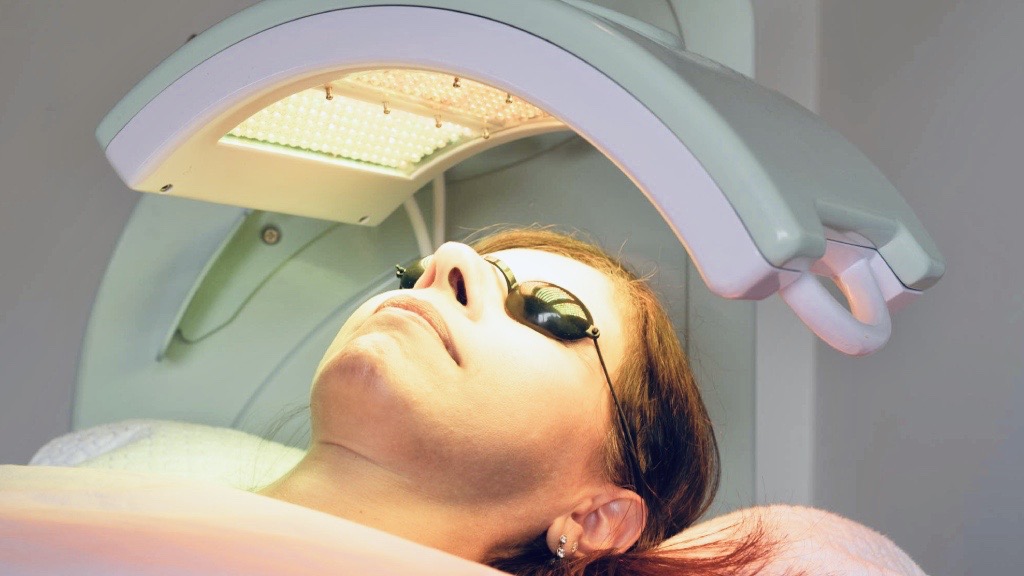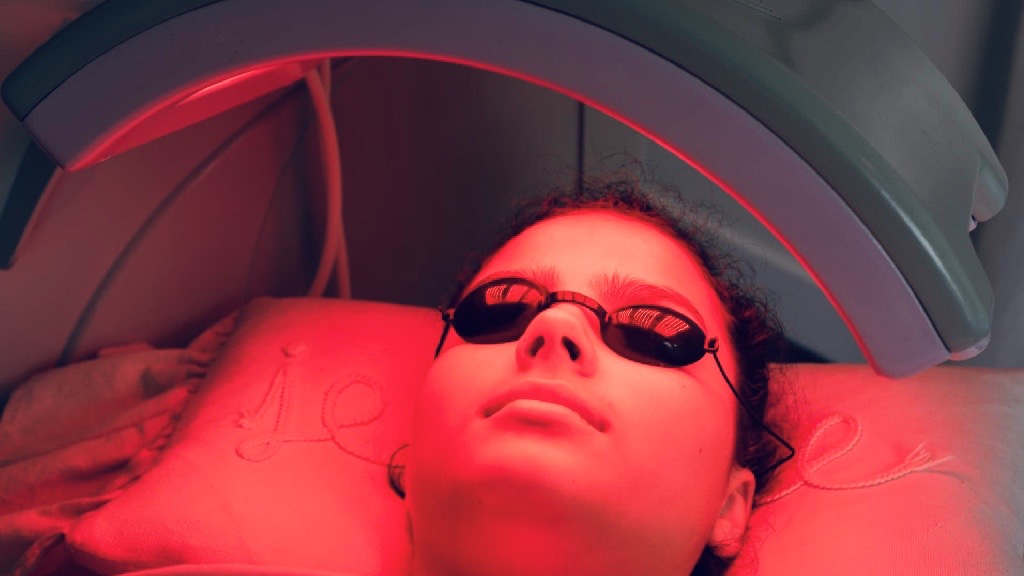Let’s take an in-depth look at how this works. Low level laser therapy works by placing a laser tool on the outside of the body. When applied, the laser will emit different types of light into the cells of the body, to reach what is known as the mitochondria. These mitochondria are the body’s power center, where healing, tissue regeneration take place. When the mitochondria misfunction, perhaps due to illness or injury, the result is pain in the form of swelling and inflammation.
The term ‘low level’ comes from the fact that unlike many other types of laser therapy you may have already heard of, this type of therapy involves the use of light that doesn’t actually heat the tissues of the body. Instead, the light works as a means of photosynthesis, similar to how a plant uses sun and light to grow and flourish.
The laser tool is applied to the treatment are of the body, and during treatment, the laser emits light at different wavelengths strengths. The light can be red or blue depending on these levels. In fact some treatments utilize infra-red light during treatment. Typically, for areas that are closer to the body’s surface, light between 600 and 700 NMs (nanometers) would be used. For deeper injuries such as joint problems (i.e. arthritis), 780 to 950 NMs would be used.
When the body suffers an injury, the cells in the injured area can produce a chemical called nitric oxide. This chemical can cause further damage to the body by depriving the cells of oxygen, thereby slowing down the healing process.
With Low Level Laser Therapy, as the laser is applied, the light travels through the body and is absorbed by the cells and mitochondria. The result is a natural reaction of the cells to go into reactionary mode where healing and regeneration begin to occur.
While the body usually has this reaction to illness or injury on its own, Low Level Laser Therapy can speed up the process by forcing the reaction to occur more quickly. Additionally, the nitric oxide created by the injury or damage is dissipated, allowing more much needed oxygen in to help the cells begin the repair process. In turn, inflammation and pain can be reduced as the healing process is expedited.


